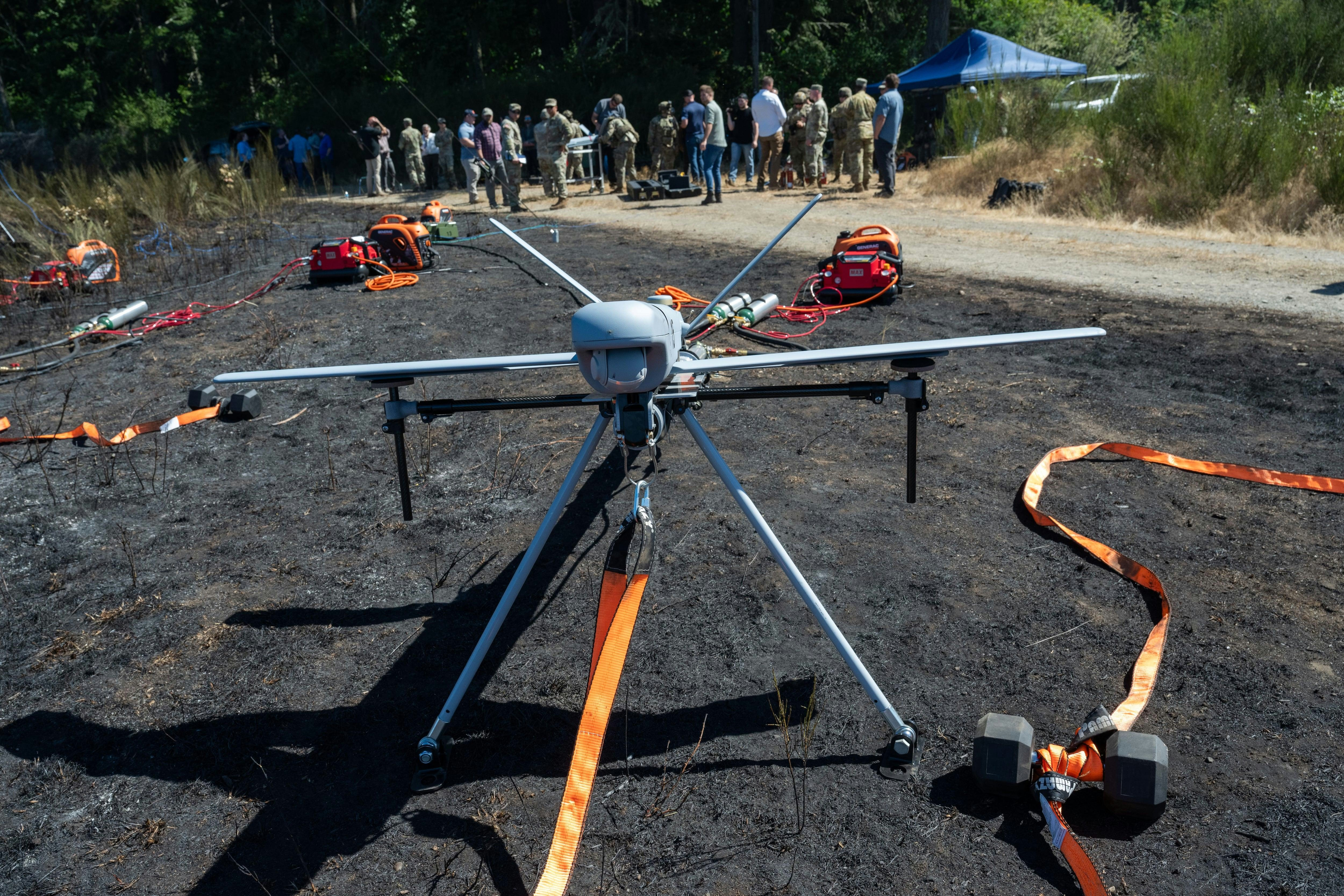
AeroGenie — Your Intelligent Copilot.
Trending
Categories
Boeing Maintains Delivery Pace Comparable to Pre-Crisis Levels
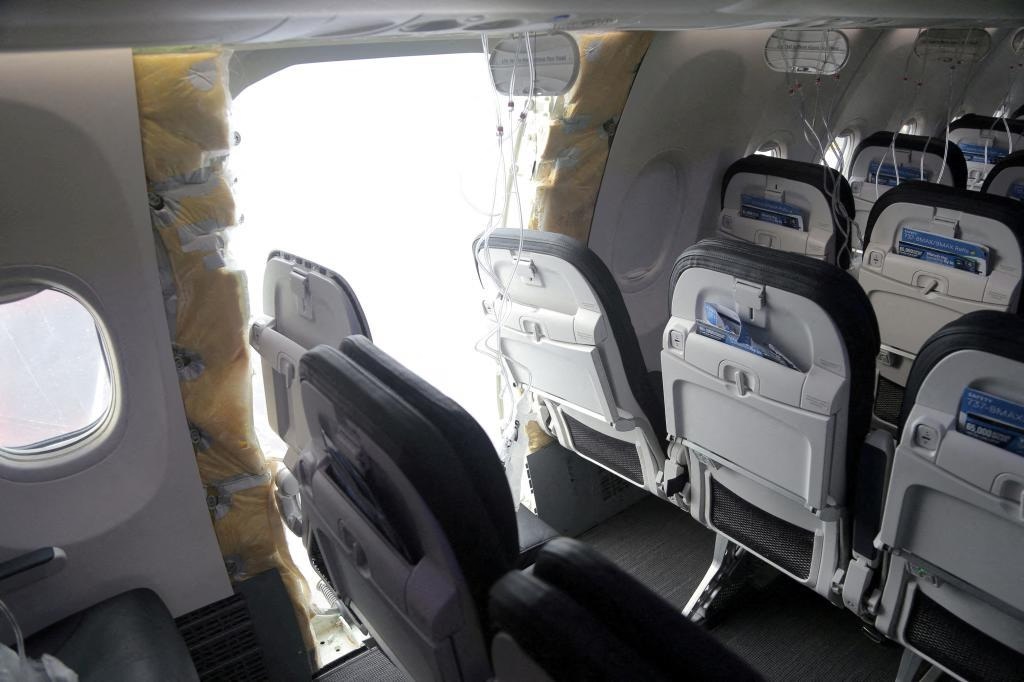
Boeing Maintains Delivery Pace Comparable to Pre-Crisis Levels
Boeing reported delivering 41 aircraft in March 2025, bringing its total deliveries for the first quarter to 130—matching the same period in the previous year. This steady output reflects the company’s ongoing recovery from the January 2024 737 MAX 9 panel blowout, an incident that disrupted production and raised concerns about Boeing’s operational and financial stability.
Recovery Amid Industry Challenges
The manufacturer’s monthly delivery rate has consistently exceeded 40 aircraft so far this year, with 45 deliveries in January, 44 in February, and 41 in March. This performance aligns closely with Boeing’s delivery rates prior to the panel incident. By contrast, the first quarter of 2024, immediately following the disruption, saw only 83 deliveries. Despite this progress, Boeing continues to face challenges in fully restoring its production rhythm amid broader industry headwinds. The global aerospace sector remains cautious, with competitors such as Airbus also experiencing delivery delays due to ongoing supply chain and production difficulties.
In March, Boeing experienced a notable surge in demand, securing 192 gross orders—significantly above the typical monthly average of 78 for March. These orders included 88 for the 737 MAX, 53 for the 787, and 51 for the 777 family. Net new orders stood at 36 in January and 13 in February, with all February orders attributed to the 737 MAX.
Tariff Concerns and Production Constraints
The data released does not account for the potential impact of tariffs announced by former President Donald Trump on April 2. Boeing has expressed confidence that its U.S.-based supply chain and inventory reserves will mitigate significant disruptions. However, analysts remain cautious, noting the aerospace industry’s heavy reliance on global suppliers. Agency Partners, a UK-based research firm, warned that such international dependencies “cannot be engineered out quickly, or perhaps ever,” suggesting that persistent tariffs could pose greater challenges to aircraft manufacturing than the pandemic.
At a recent Congressional hearing, Boeing CEO Kelly Ortberg underscored the importance of free trade, highlighting that 80% of Boeing’s commercial aircraft are delivered to customers outside the United States.
Of the 41 aircraft delivered in March, 33 were 737 MAX jets, approaching the Federal Aviation Administration’s production cap of 38 MAX planes per month. Some of these deliveries may have been drawn from a backlog of nearly completed aircraft, a residual challenge Boeing continues to manage as it works toward full recovery.
Despite ongoing production constraints and a cautious market outlook, Boeing’s ability to sustain a consistent delivery schedule demonstrates its adaptability. The company is collaborating closely with suppliers and regulators to enhance production efficiency while maintaining rigorous safety standards. As Boeing and its competitors navigate a complex operating environment, the industry’s recovery remains gradual, with Boeing’s recent performance offering a cautious note of optimism.
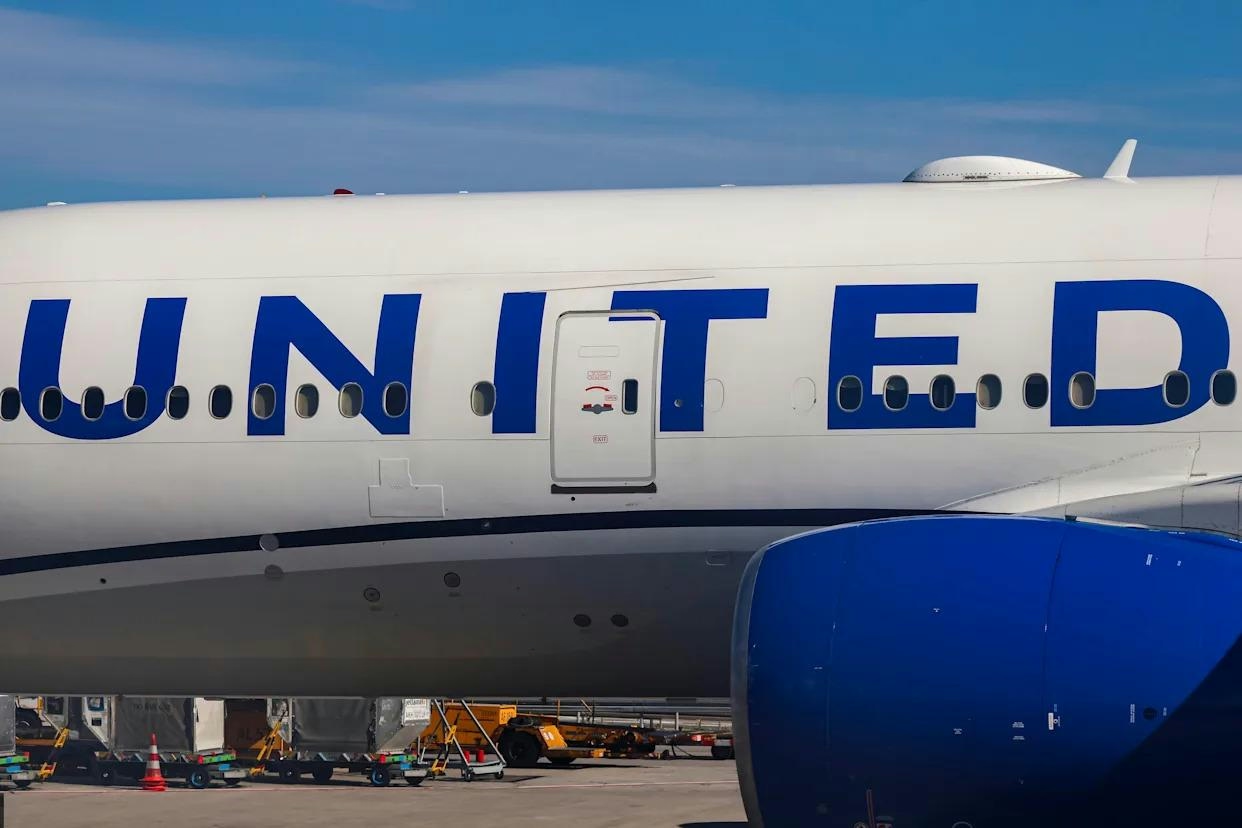
United Airlines Flight Returns to Dulles After Engine Failure on Takeoff

United Airlines flight makes emergency landing at Dulles after engine failure
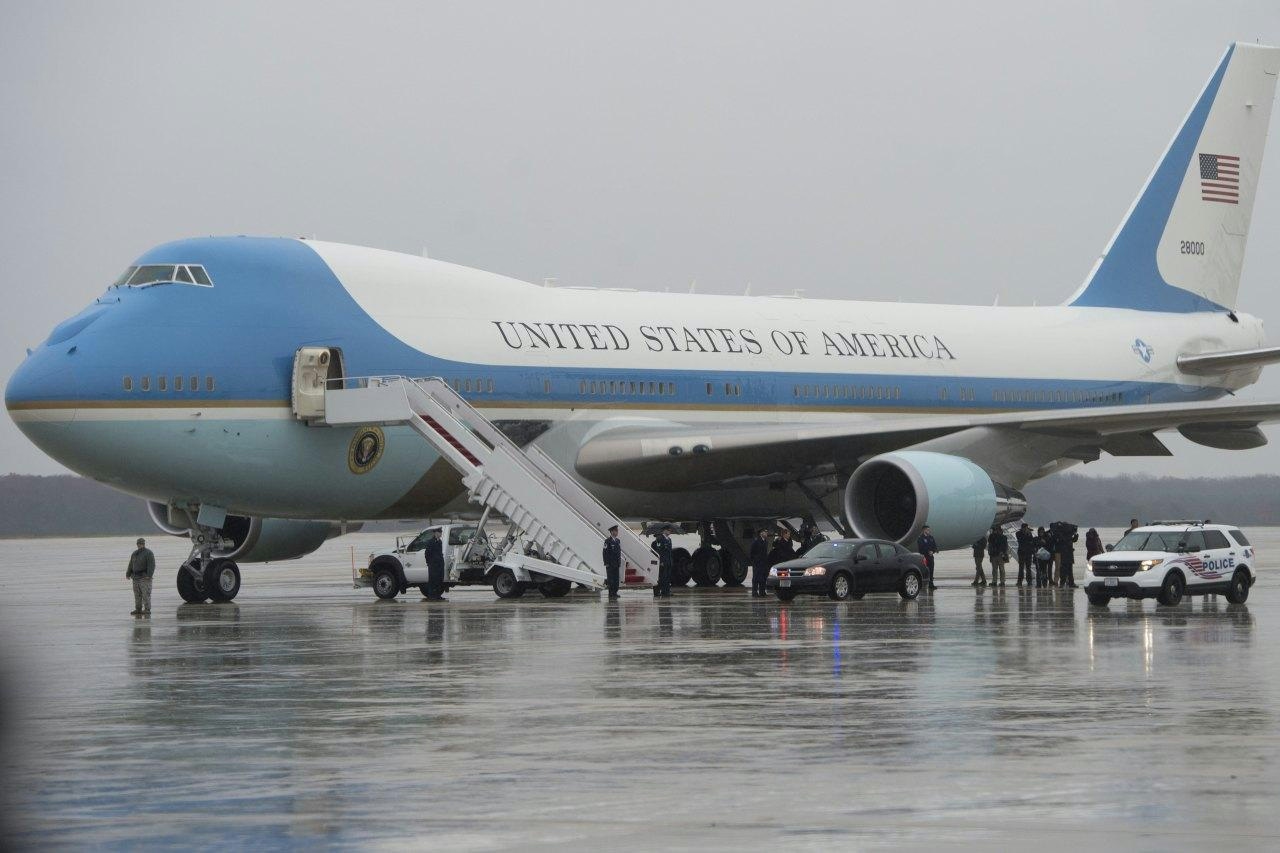
The Impact of the New Air Force One’s Delayed 2028 Arrival on Aviation and Travel
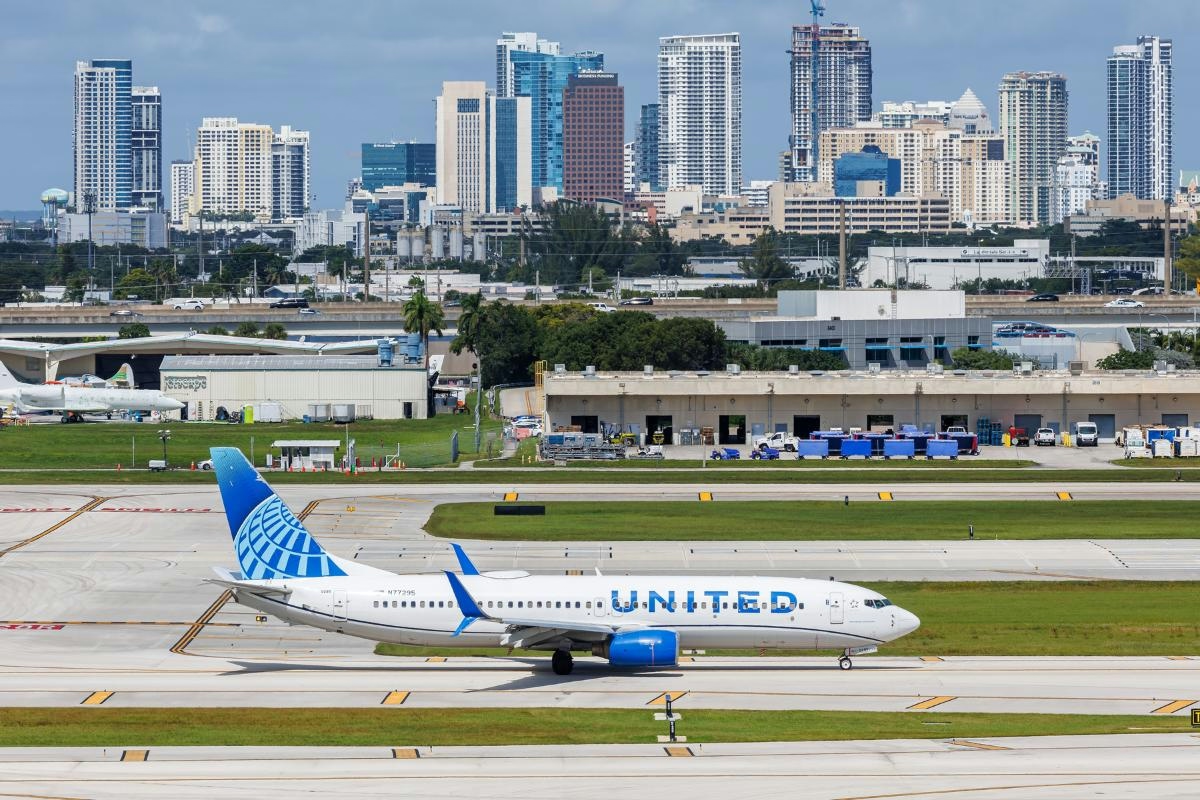
United Airlines Restarts Controversial AI Scheduling for Flight Attendants

Joby Aviation’s Air Taxis Poised to Change Urban Travel and Tourism
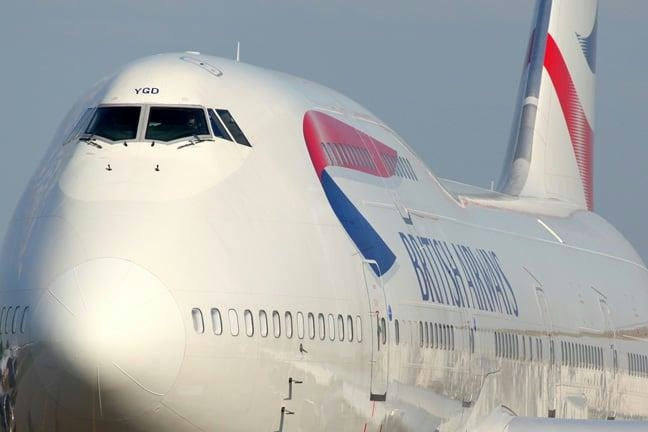
BA Chief Warns AI Agents May Diminish Brand Visibility

How GE Is Meeting Global Jet Engine Demand
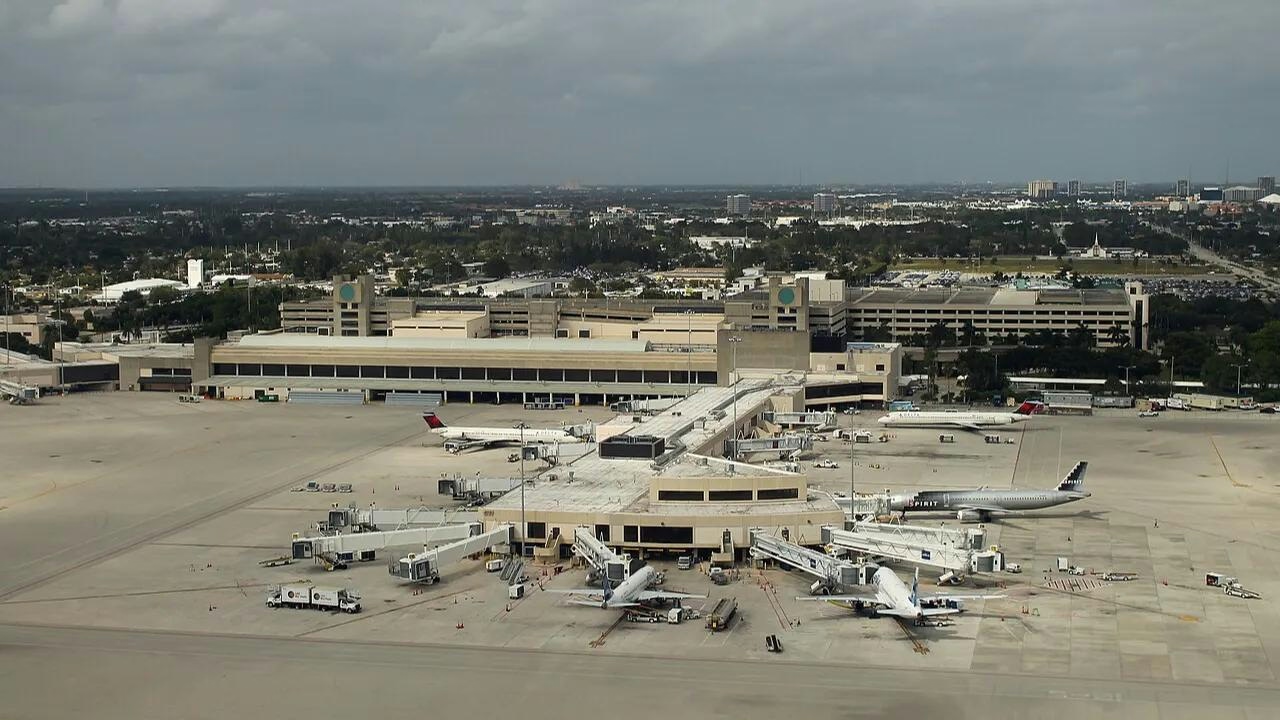
IATA Projects Airline Profits of $41 Billion in 2026

Five Air Taxis Poised to Shape Urban Mobility by 2026
